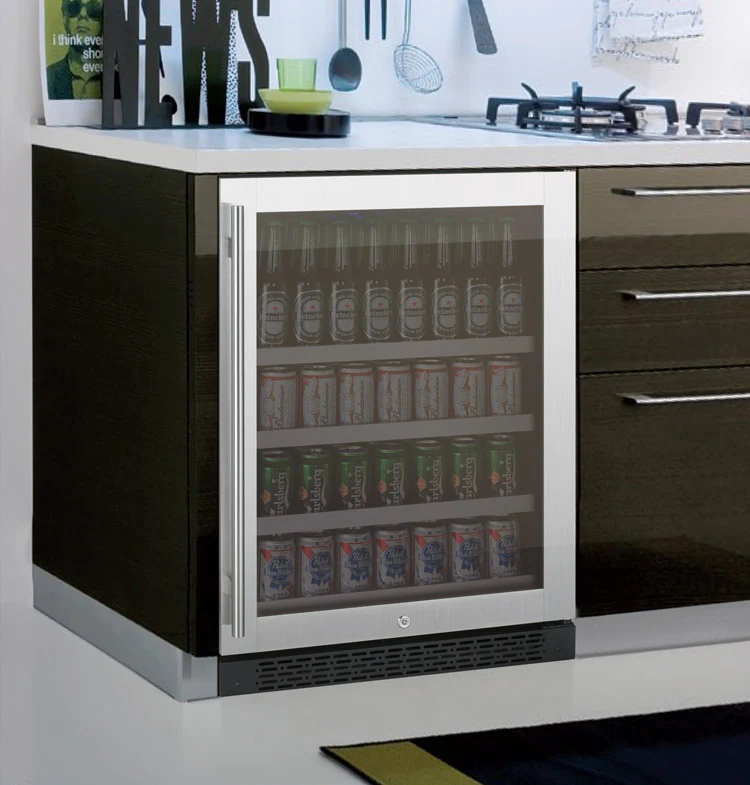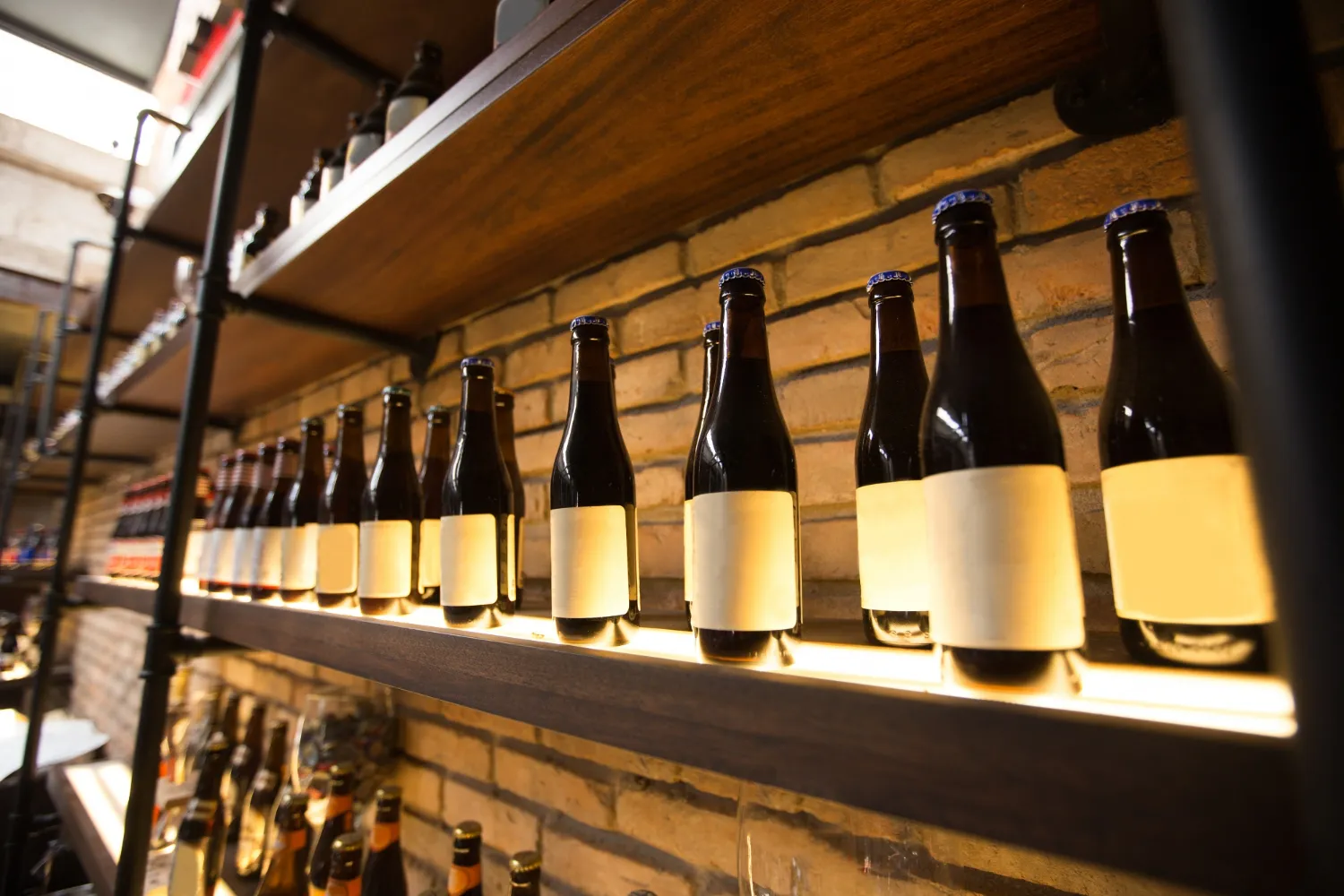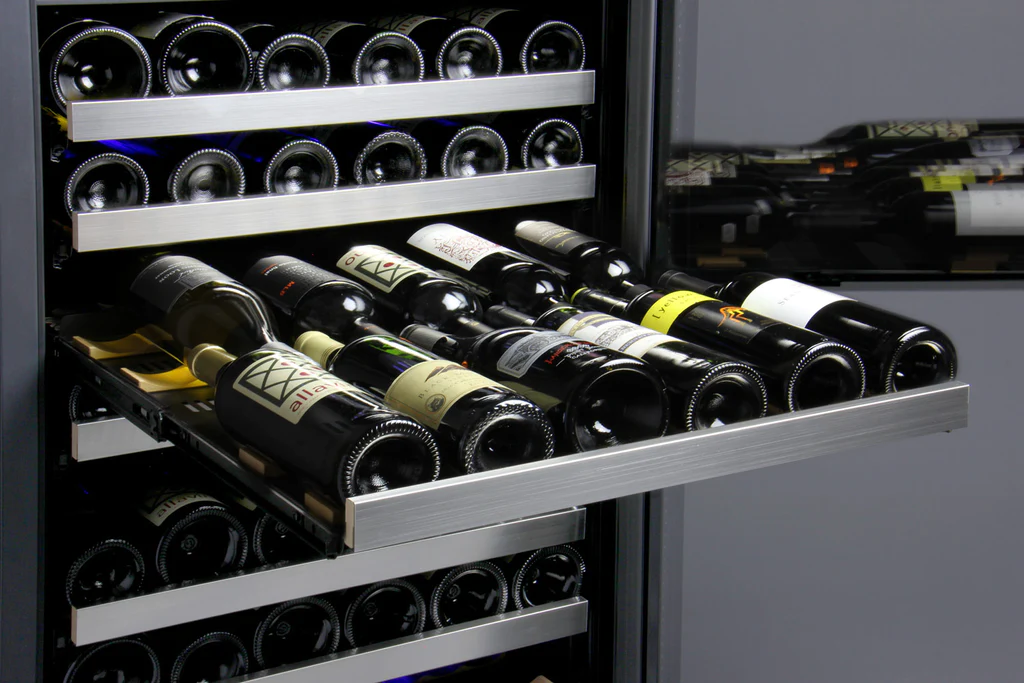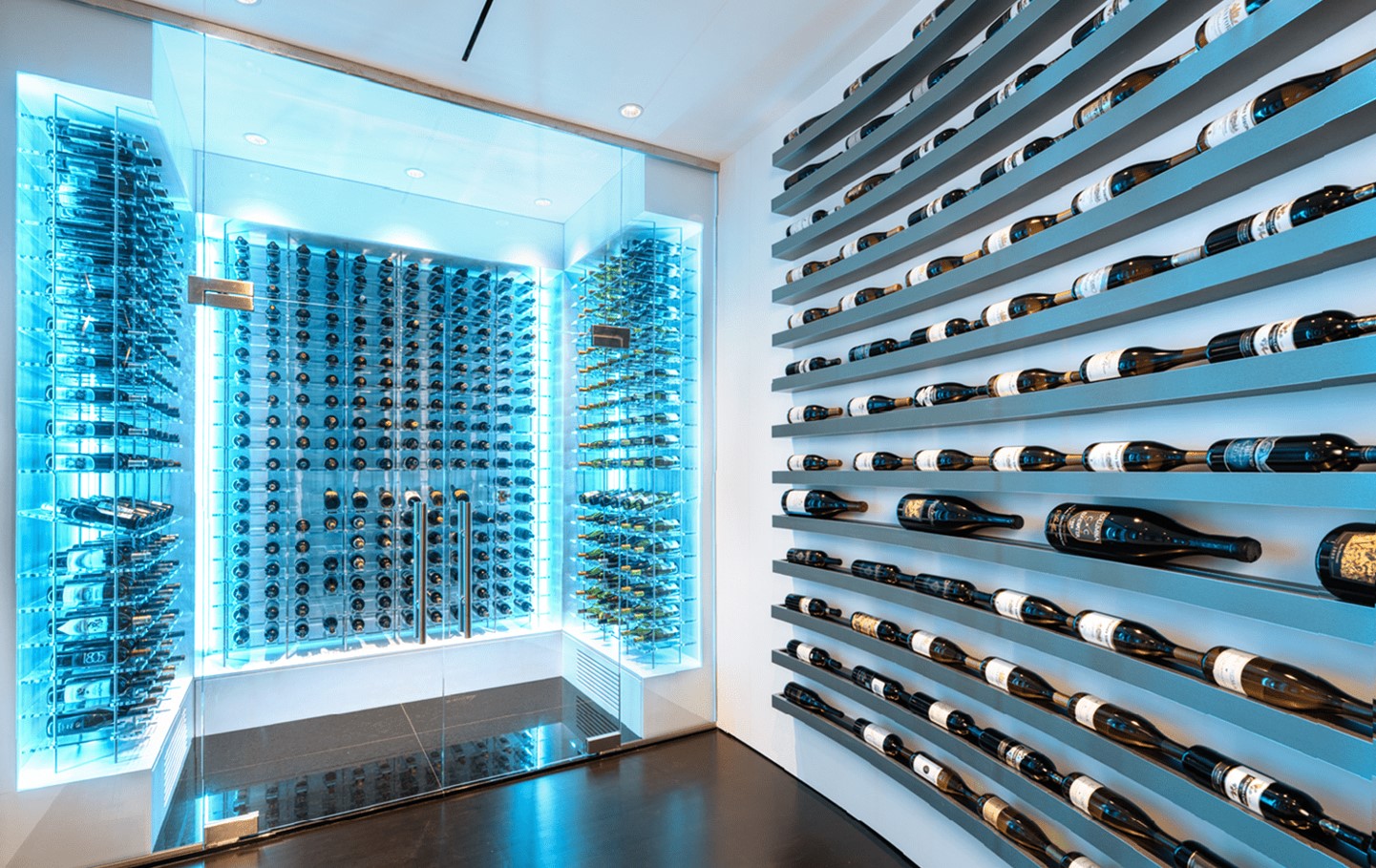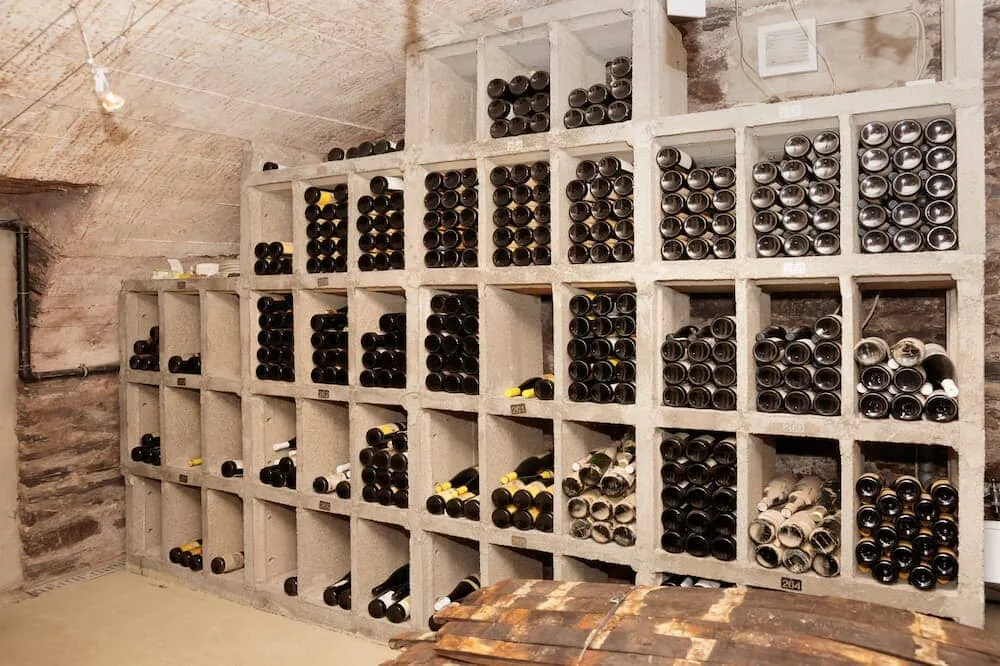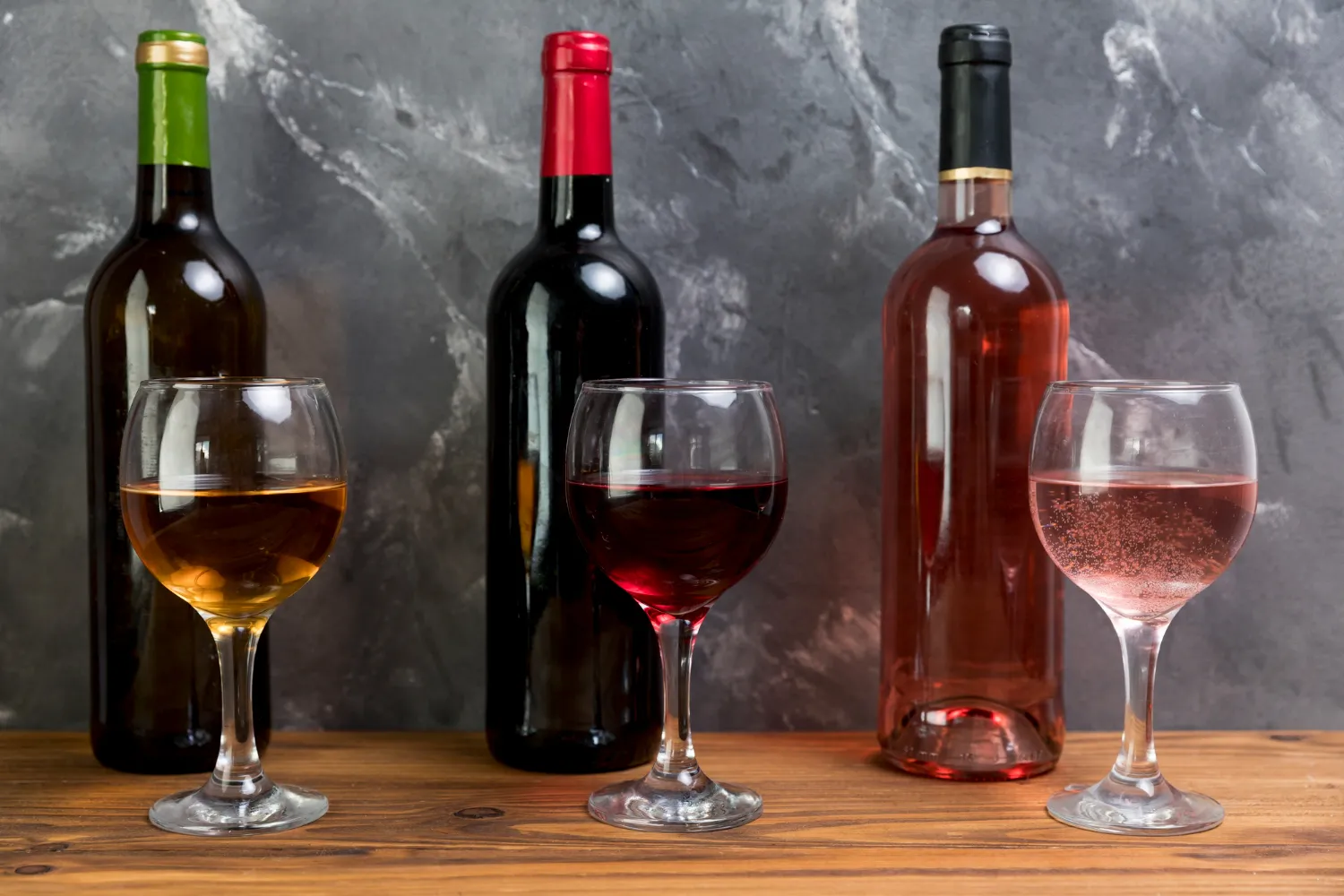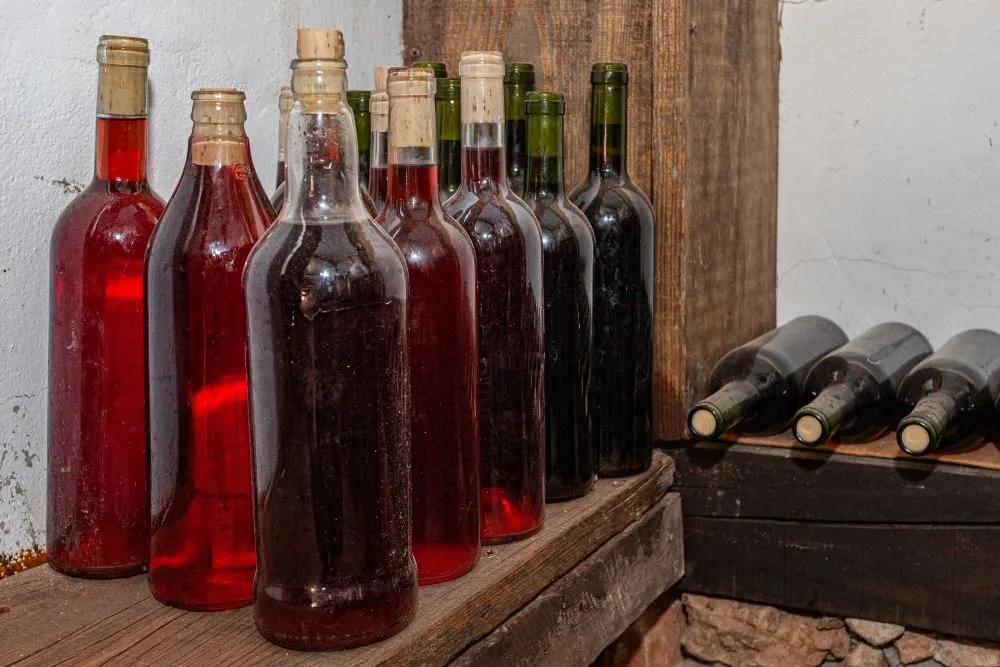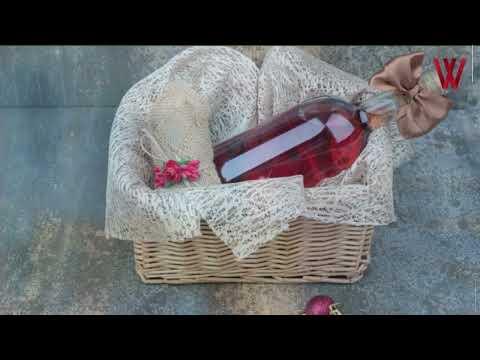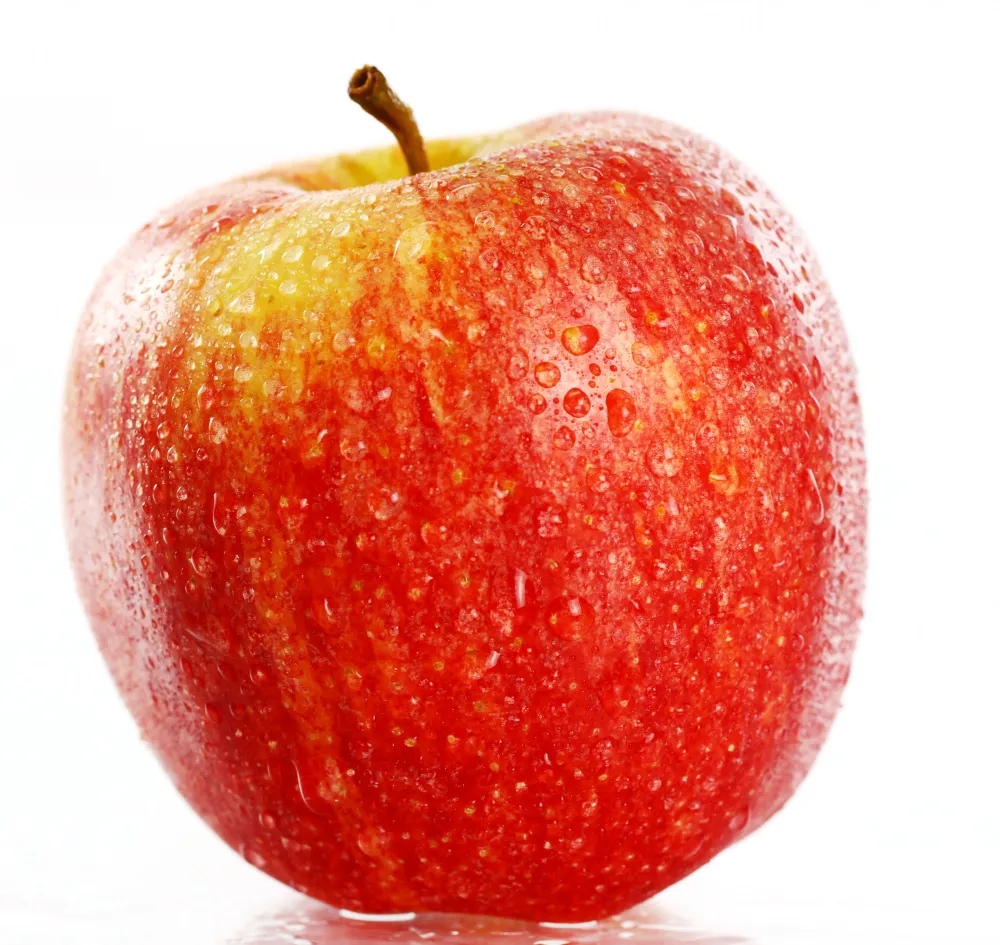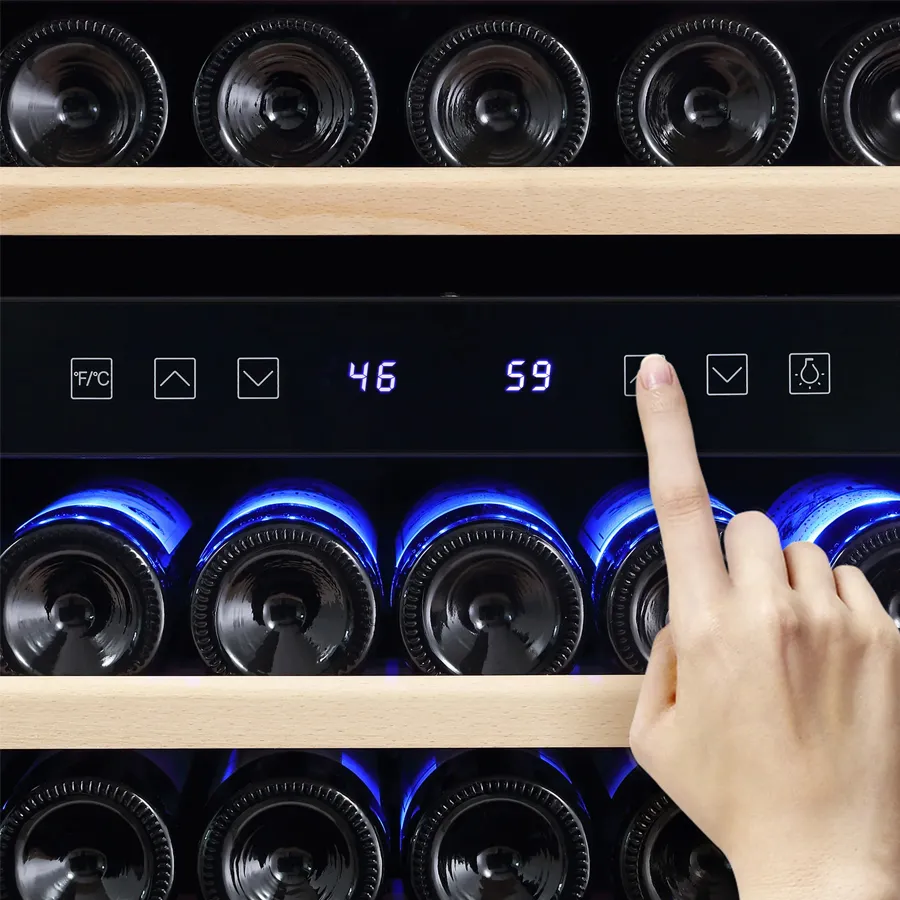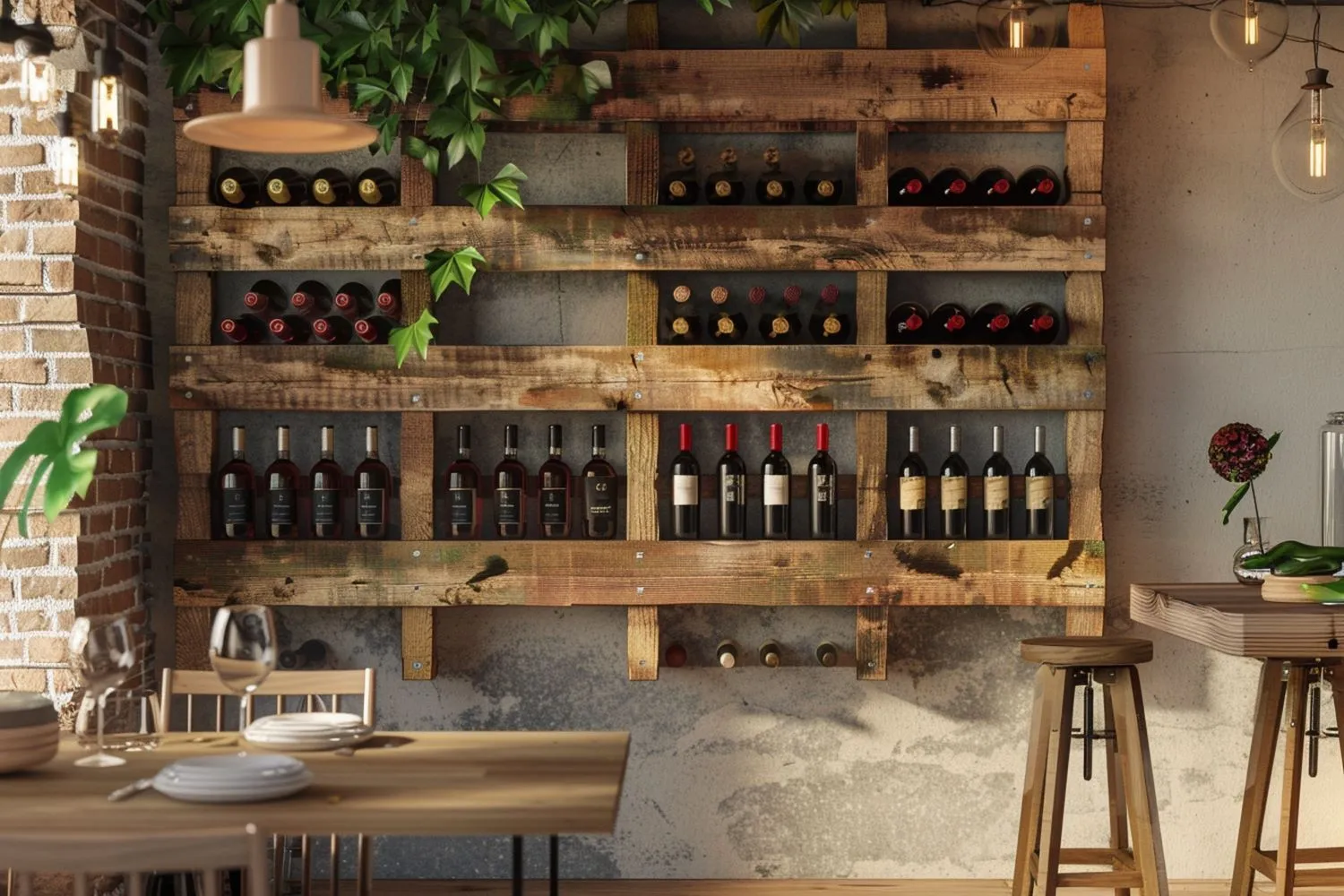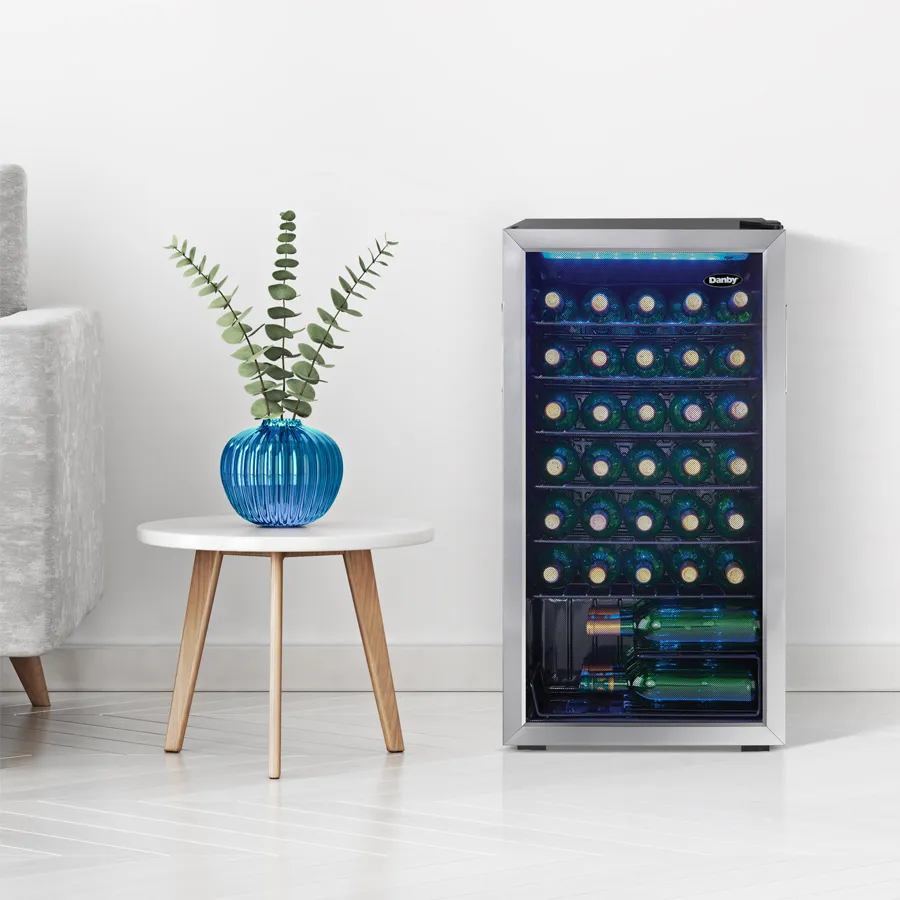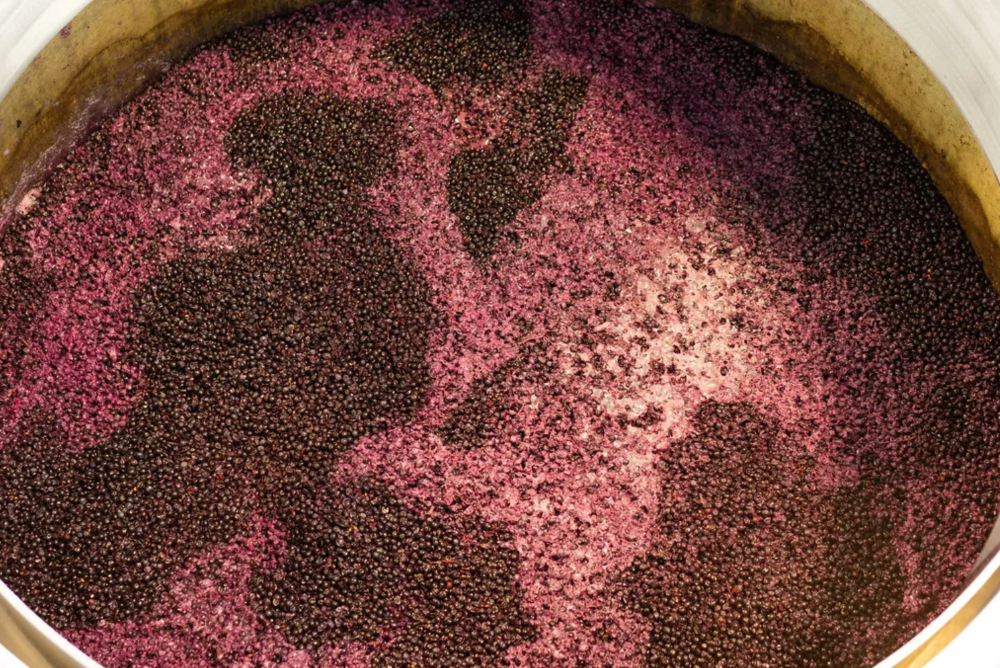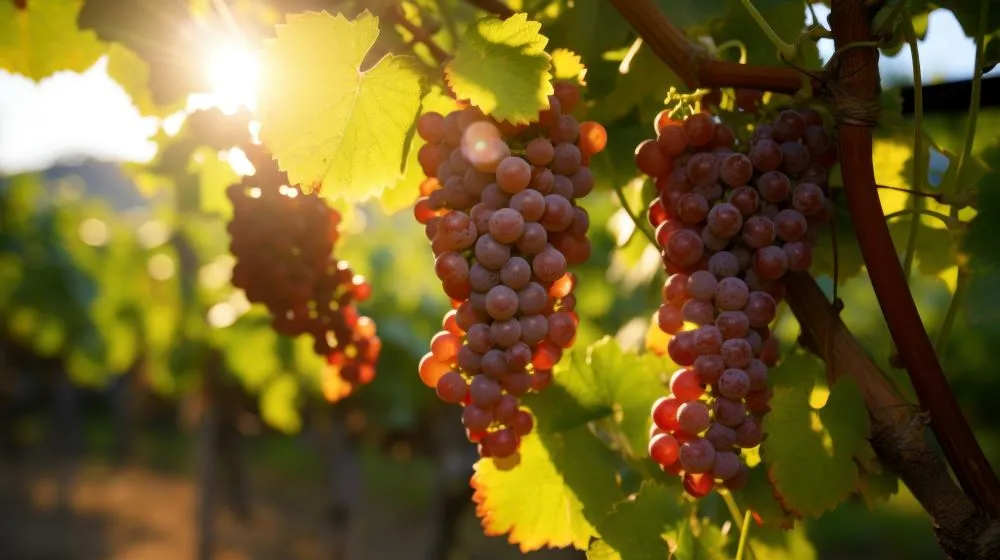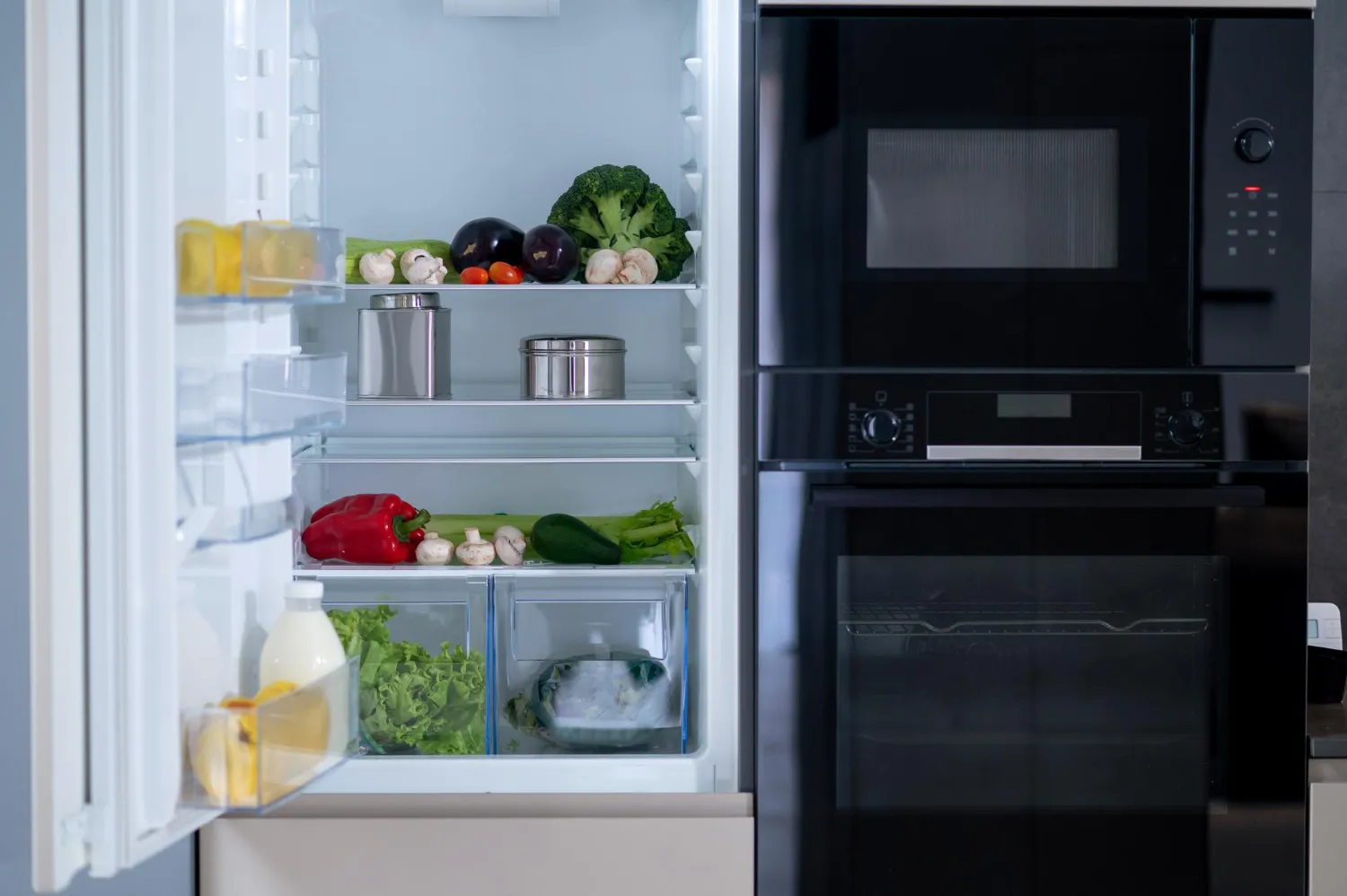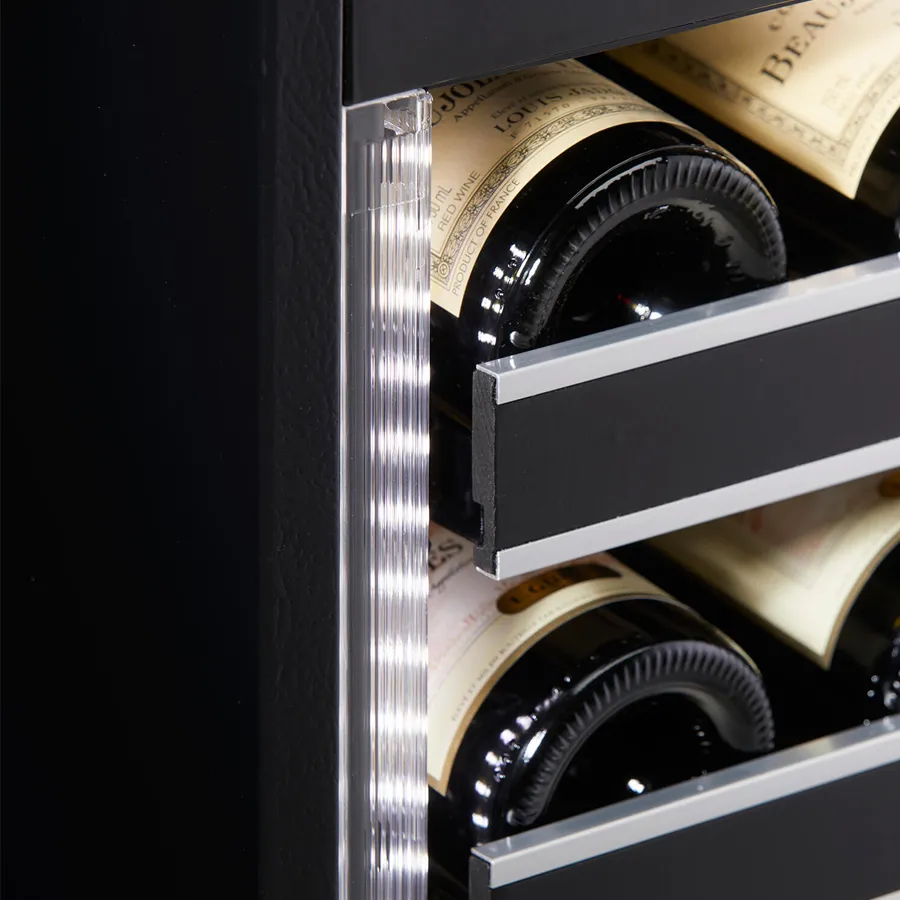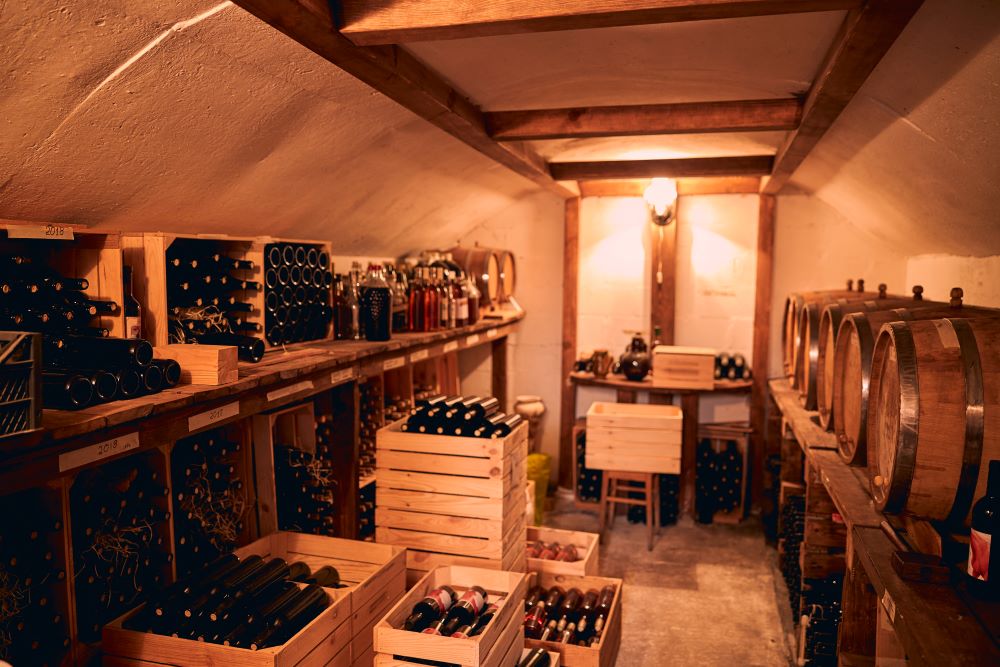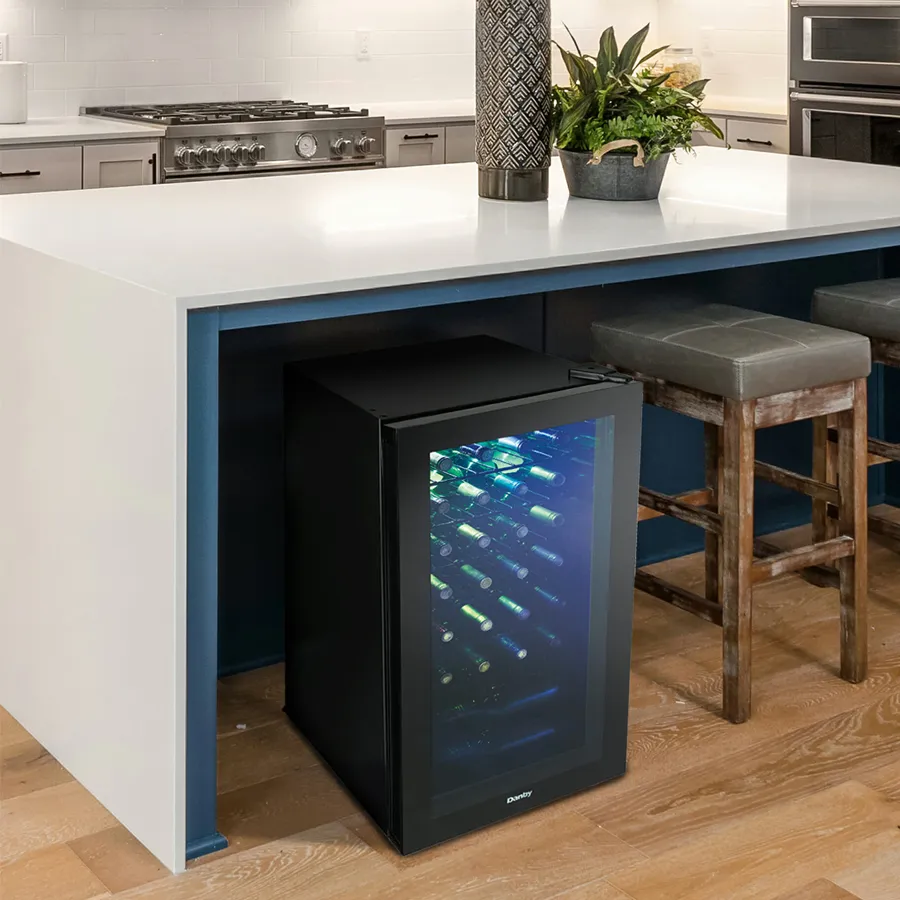Thermovinification, the process of altering a wine’s flavor, aroma, and overall quality through temperature variations, is a crucial factor in ensuring the longevity and quality of your wine collection. In this post, we will delve into the science behind how temperature affects your wine bottles and explore the optimal storage conditions to preserve their integrity. Whether you’re a seasoned sommelier or an amateur enthusiast, understanding the impact of temperature on your wine is essential for maintaining its delicate characteristics and maximizing your enjoyment of each bottle. So, let’s uncork the secrets of temperature control and uncover how to safeguard your wine investment.
Understanding the Basics About Temperature in Wine Aging
As a wine enthusiast, it’s important to understand the basics of how temperature can impact your wine bottles. Whether you’re a casual drinker or a serious collector, the temperature at which you store and serve your wine can greatly affect its taste, aroma, and overall quality.
| Temperature | Effect on Wine |
| Too Hot | Accelerated aging, cooked or flat flavors |
| Too Cold | Slower development, muted aromas and flavors |
| Wine Type | Optimal Temperature Range |
| White Wine | 45-50°F (7-10°C) |
| Red Wine | 50-65°F (10-18°C) |
How Temperature Effects Wine
Premature or delayed aging:
- High Temperatures: Storing wine in an environment with elevated temperatures speeds up the aging process. This acceleration can result in the premature breakdown of the wine’s components, affecting its structure and balance. The delicate interplay of acids, tannins, and other elements that contribute to a wine’s complexity can be disrupted, leading to a less harmonious and less enjoyable drinking experience.
- Low Temperatures: Conversely, when wine is exposed to excessively low temperatures, the aging process slows down. While this may seem beneficial, it can impede the development of desirable characteristics. The wine may lack the nuanced flavors and textures that would have emerged during a more controlled aging process.
Changes in flavor and aroma:
- High Temperatures: The impact of high temperatures on wine is not limited to accelerated aging. It can also cause the wine to spoil rapidly, resulting in off-putting flavors and aromas. These undesirable characteristics may include a vinegar-like taste or a musty odor, significantly diminishing the overall quality of the wine.
- Low Temperatures: If wine is stored at temperatures that are too cold, the expression of tannins, compounds responsible for the structure and aging potential of red wines, may be suppressed. This can lead to a lack of depth and complexity in the flavor profile, robbing the wine of its intended richness.
Color transformation:
- Oxidation due to High Temperatures: Exposure to high temperatures initiates oxidation in wine, a process that alters its color. The appearance of a brown tint on the surface is a clear indicator of this oxidative damage. Unfortunately, once this occurs, the wine cannot be restored to its original state. The oxidative effects can also manifest as a loss of vibrancy in the color, making the wine appear dull and unappealing.
- Spoilage Sign: The brown tint is not merely a color change; it serves as a visual cue that the wine may have spoiled. The sweet, baked, caramel-esque flavors associated with this visual change are indicative of irreversible damage, making the wine unsuitable for consumption.
In Conclusion: How does Temperature affect your Wine Bottles?
Ultimately, it is crucial to understand the impact that temperature can have on your wine bottles. Fluctuations in temperature can cause wine to age prematurely, resulting in off-putting aromas and flavors. It is important to store your wine bottles in a cool, consistent environment to ensure that they age gracefully and maintain their optimal quality. Additionally, extreme temperatures, whether hot or cold, can cause the expansion or contraction of the liquid inside the bottle, potentially damaging the cork and compromising the seal. By taking preventative measures and controlling the storage temperature of your wine bottles, you can protect the investment of your fine wines and ensure an enjoyable drinking experience.
FAQs – Temperature Effect Your Wine Bottles?
How does temperature affect wine bottles?
Temperature can significantly impact the flavor, aroma, and aging process of wine. Extreme temperatures can cause the wine to deteriorate quickly, while consistently cool temperatures can slow down the aging process and preserve the quality of the wine.
What is the ideal temperature for storing wine bottles?
The ideal temperature for storing wine is between 45-65°F (7-18°C). This range allows the wine to age gracefully and develop complex flavors. It’s important to avoid temperature fluctuations, as they can negatively impact the wine.
What happens if wine is exposed to high temperatures?
Exposure to high temperatures can cause the wine to age prematurely, leading to a loss of flavor and aroma. It can also lead to the expansion of the wine, pushing the cork out and allowing oxygen to enter the bottle, which can ruin the wine.
Can cold temperatures affect wine bottles?
Yes, cold temperatures can slow down the aging process of wine, which can be beneficial for long-term storage. However, if the temperature drops too low, it can cause the wine to freeze, which can lead to the expansion of the liquid and potential damage to the bottle and wine.
How does temperature impact the serving of wine?
Serving wine at the correct temperature is crucial for experiencing its full potential. White and sparkling wines are best served chilled, while red wines are best served at slightly cooler than room temperature to bring out their flavors and aromas.
Can storing wine at a consistent temperature improve its quality?
Storing wine at a consistent temperature helps maintain its quality and allows it to age gracefully. Fluctuations in temperature can cause the wine to expand and contract, potentially leading to leakage and oxidation, which can negatively impact the wine’s quality.
What are the best practices for storing wine bottles at home?
To ensure optimal wine storage, keep bottles in a dark, cool, and vibration-free environment. Investing in a wine cooler or cellar can help maintain the ideal temperature and humidity levels for storing your wine collection. It’s also important to store wine bottles horizontally to keep the cork moist and prevent it from drying out.

